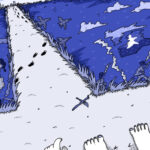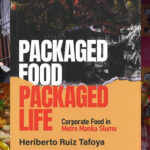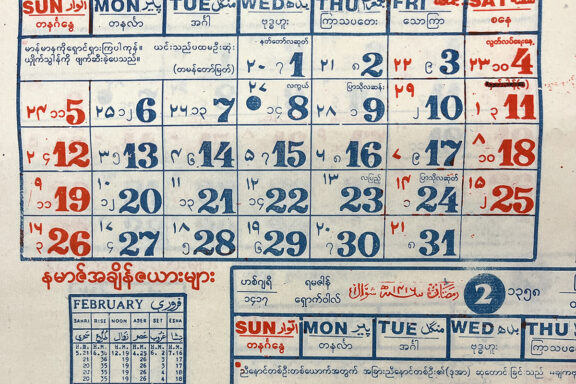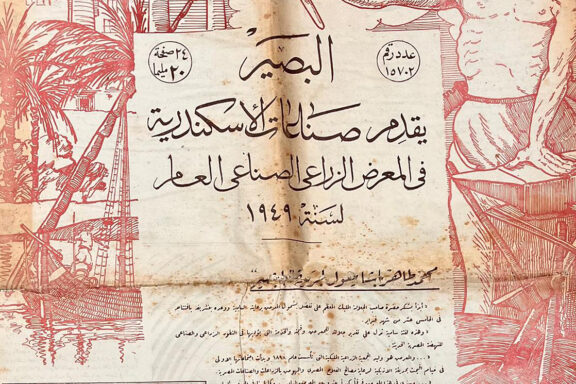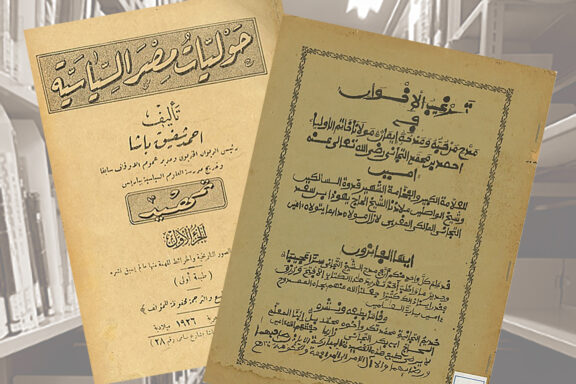Atsushi Yoshida
(PhD Candidate, Graduate School of Asian and African Area Studies, Kyoto University)
The Cambodian Civil War and CEDORECK
CEDORECK was created among a group of young Cambodian workers and intellectuals pursuing their training in the French universities, who, devasted by the tragedy in their country, set out to defend the values embodied in the Khmer civilization, so gravely threatened. (Peycam 2011: 24)
The above excerpt from the journal of CEDORECK’s founder Nouth Narang reflects the determination of exiled Cambodians to safeguard Cambodian culture for future generations in the face of what was unfolding in their homeland. On April 17, 1975, the Cambodian Communist Party, led by Pol Pot and well known as the Khmer Rouge, seized power in Cambodia and established Democratic Kampuchea. During its rule, the Khmer Rouge decisively implemented radical policies that dismantled the existing culture and society. Urban residents were forcibly relocated to rural areas, schools and universities were shuttered, and intellectuals such as researchers and writers were massacred, resulting in the total collapse of academic activity in the country. Although the regime collapsed in 1979, the civil war that continued afterward made it extremely difficult to reactivate academic initiatives. CEDORECK (the Centre de Documentation et de Recherche sur la Civilisation Khmère / Center for Documentation and Research on Khmer Civilization) was founded in France in 1977 by Cambodians who had pursued their studies there from the 1960s to the early 1970s. With support from the international community, CEDORECK actively undertook a wide range of academic endeavors during the wartime which became the impetus for the reinvigoration of academia in Cambodia after the end of the war in 1991.
CEDORECK’s Publications among the CSEAS Library Collection
The library at the Center for Southeast Asian Studies, Kyoto University (CSEAS Library) presently holds 1,490 volumes of Khmer-language material,[1] including a wide range of CEDORECK publications. The preface of each book offers abundant information regarding the circumstances surrounding CEDORECK and the academic pursuit of Cambodian intellectuals during decades of turmoil, which is just as worth reading as the main content. For example, the preface of Introduction to Khmer Music (លំនាំសង្ខេបនៃភ្លេងខ្មែរ) provides an overview of CEDORECK’s publication initiative, which published new books in four categories: literature, musical arts, traditional culture, and “Khmer Library,” a catch-all that includes all other subjects (ក្រុមជុំទុំនៀមទម្លាប់ 1984: Ⅲ). By 1981, CEDORECK especially had published 3,000 volumes in the literature category, the largest by far (ក្រុមជុំទុំនៀមទម្លាប់ 1984: Ⅲ). In addition, CEDORECK not only produced original material; it also reprinted books that were published in Cambodia prior to the Pol Pot regime.
An example from the literature category is Heart Wreath (មាលាដួងចិត្ត, title translated by author) a love story set at the end of the colonial era written by Nuc Hach, one of Cambodia’s most well-known modern novelists. Originally published in 1972 and reprinted in 1981, the engrossing novel portrays the challenges faced by individuals in a society undergoing modernization. Introduction of Khmer Music, mentioned above, is a good example from the music arts category (originally published in 1970). It provides a comprehensive exploration of Cambodian traditional music, covering the various types of musical instruments and performance techniques as well as the traditional songs sung during ceremonial occasions. Notably, the content is not too technical, but, with numerous illustrations and photographs, it is readily accessible to readers. If you are interested in Cambodian traditional music, this book is an absolute must-read. Finally, an example from the “Khmer Library” category is Inscriptions of Angkor (សិលាចារិកនគរវត្ត, title translated by the author), published in 1984. In Cambodia, there are numerous inscriptions dating back to the Angkorean period, and since the colonial era, French scholars have taken a prominent initiative in researching these historical artifacts. This volume, based on their studies, explains the unique characteristics and methods for deciphering Cambodia’s inscriptions. The book also includes a significant number of translations of old Khmer inscriptions to modern Khmer script and maps illustrating the arrangement of inscriptions within temples in Cambodia, thus serving as a valuable reference material as well as a textbook. The three books mentioned here are just a tiny window into the rich collection of CEDORECK publications at the CSEAS Library, which range from well-known Khmer classical literature to research about the water management of the ancient Khmer empire. The collection is a treasure trove for researchers from the humanities to the natural sciences, from ancient Khmer civilization to modern Cambodia.
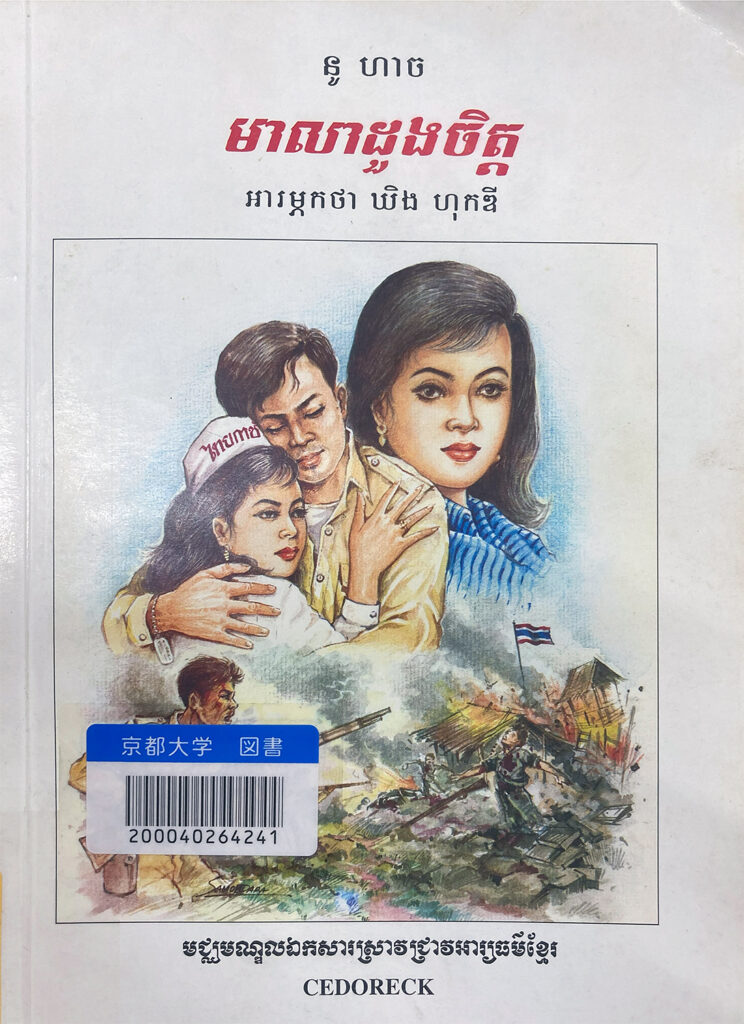
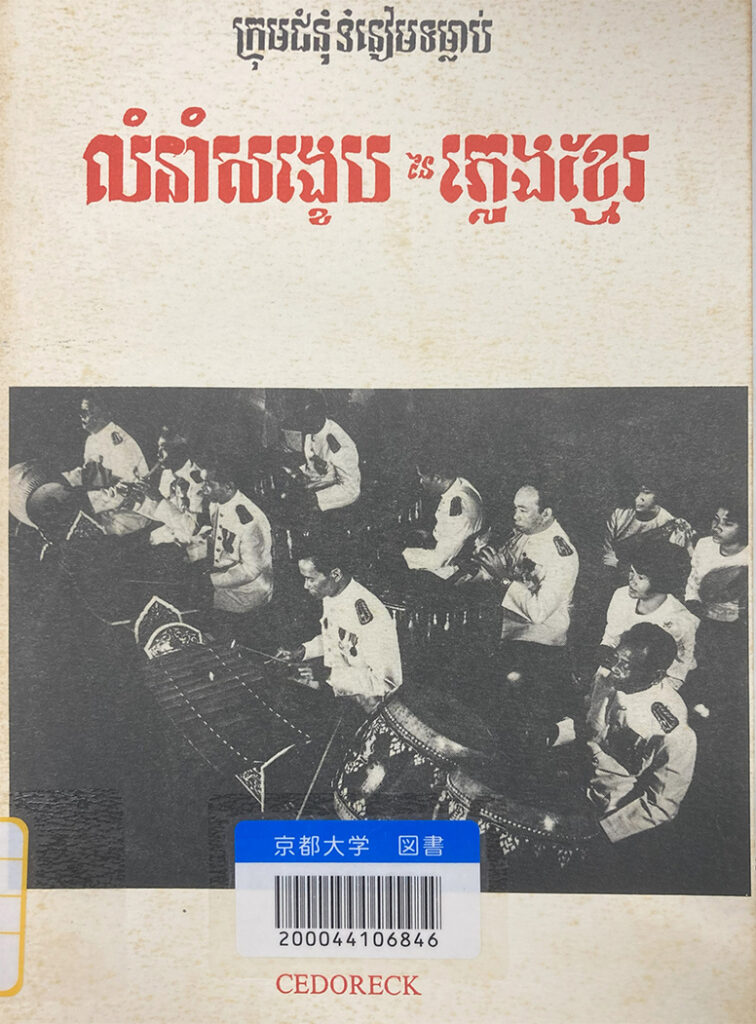
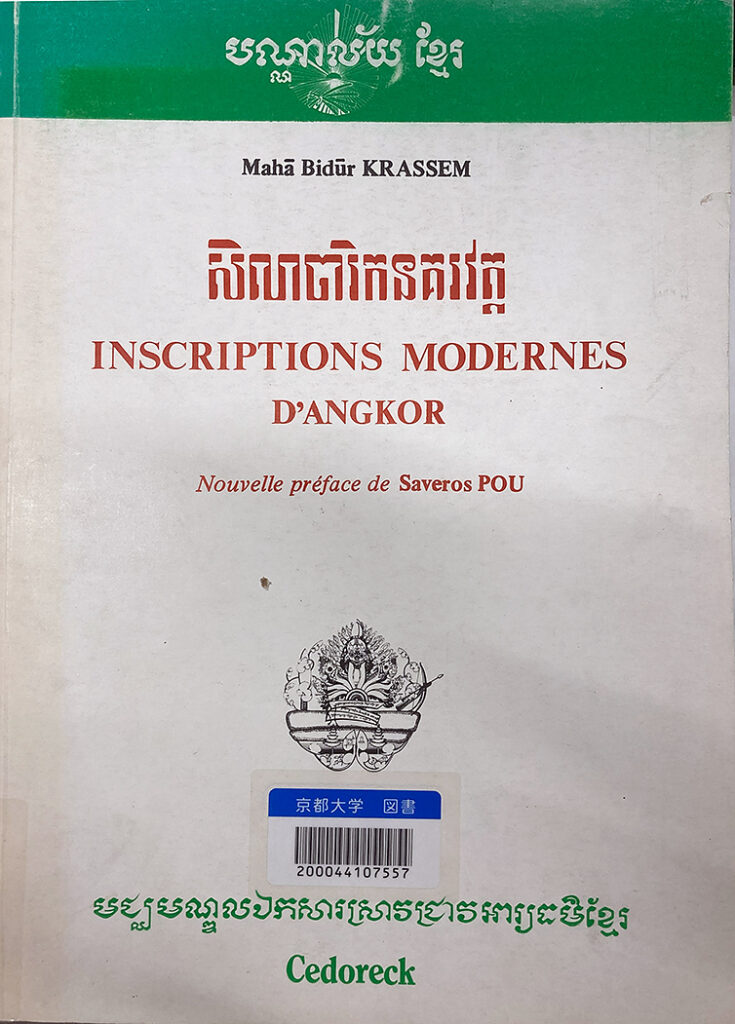
Since the End of the War
On October 23, 1991, the conclusion of the Paris Peace Agreements marked the end of the long decades of civil war in Cambodia. This paved the way for the postwar recovery, fostering not only the revival of socio-economic activities, but also the reemergence of academic initiatives within the country. Among these initiatives was the establishment of academic and research institutions such as the Center for Khmer Studies, one of many prominent research centers in the field of Cambodia Studies that took direct reference from CEDORECK (Peycam 2011: 30–31). This essay focuses on publishing amid the wide range of initiatives undertaken by CEDORECK.[2] By unvailing this facet, we can begin to grasp the significance of CEDORECK’s activity—from wartime efforts to its impact on the postwar academic recovery—as a testament to academic acts of survival during civil war.
Notes
[1] The CSEAS Library added approximately 1,000 new volumes to its collection from October 2022 to August 2023. Notably, approximately 300 of these volumes were generously donated by the family of Professor Hideo Sasagawa of Ritsumeikan Asia Pacific University, who passed away in April 2021.
[2] CEDORECK also organized numerous lectures and events. See for example the following video of CEDORECK teaching Khmer classical dance at the University of California, Los Angeles in 1987: https://californiarevealed.org/do/3d357159-6c72-460f-afd7-e75b6a3cd8ec (accessed on November 15, 2023).
References
Peycam, Philippe M.F. 2011. Sketching an Institutional History of Academic Knowledge Production in Cambodia (1863-2009) — Part 2. Sojourn: Journal of Social Issues in Southeast Asia. 26(1): 26–35.
ក្រុមជុំទុំនៀមទម្លាប់. 1984. លំនាំសង្ខេបនៃភ្លេងខ្មែរ. Paris: CEDORECK.
This article is also available in Japanese. >>
「戦禍を生き抜く学術活動:図書室資料から見るカンボジア内戦期CEDORECKの活動」
(吉田篤史)

